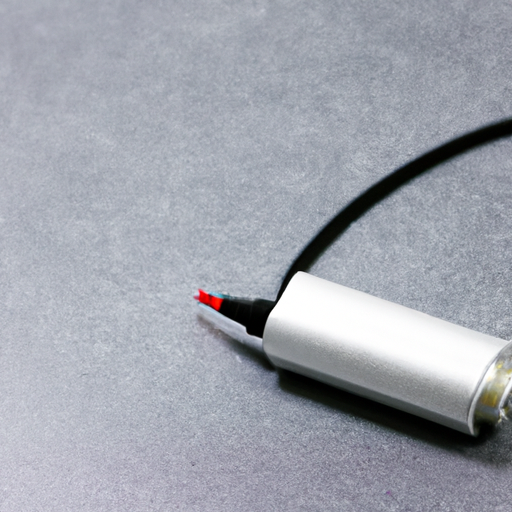LED transmitters, also known as light-emitting diode transmitters, are a type of optical communication technology that uses light to transmit data. This technology has gained popularity in recent years due to its high data transfer rates, low power consumption, and immunity to electromagnetic interference. In this article, we will explore how LED transmitters work, their applications, and the advantages they offer over traditional communication technologies.

When data is to be transmitted, the driver circuit modulates the current flowing through the LED based on the input data. This modulation causes the intensity of the light emitted by the LED to vary, creating a light signal that carries the data. The modulated light signal is then transmitted through the air to a receiver, where it is detected and converted back into electrical signals for processing.
LED transmitters are typically used in free-space optical communication systems, where data is transmitted through the air over short distances. These systems are commonly used in applications such as indoor wireless communication, point-to-point communication, and data transmission in environments where radio frequency communication is not feasible or secure.
One of the key advantages of LED transmitters is their high data transfer rates. LED transmitters can achieve data transfer rates of up to several gigabits per second, making them ideal for applications that require high-speed data transmission. Additionally, LED transmitters have low power consumption compared to traditional communication technologies such as radio frequency communication, making them more energy-efficient and cost-effective.
Another advantage of LED transmitters is their immunity to electromagnetic interference. Since LED transmitters use light to transmit data, they are not affected by electromagnetic interference from other electronic devices or sources. This makes LED transmitters more reliable and secure for data transmission in environments where electromagnetic interference is a concern.
In addition to their high data transfer rates and immunity to electromagnetic interference, LED transmitters also offer a compact and lightweight design. LED transmitters are small in size and can be easily integrated into portable devices such as smartphones, tablets, and wearable technology. This makes LED transmitters ideal for applications that require compact and lightweight communication solutions.
Overall, LED transmitters are a versatile and efficient technology for data transmission. With their high data transfer rates, low power consumption, immunity to electromagnetic interference, and compact design, LED transmitters are well-suited for a wide range of applications in wireless communication, networking, and data transmission. As the demand for high-speed and reliable communication technologies continues to grow, LED transmitters are expected to play an increasingly important role in the future of optical communication.





